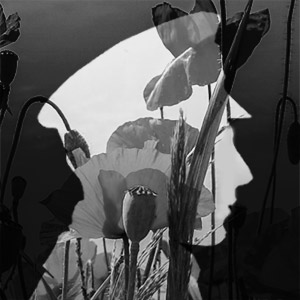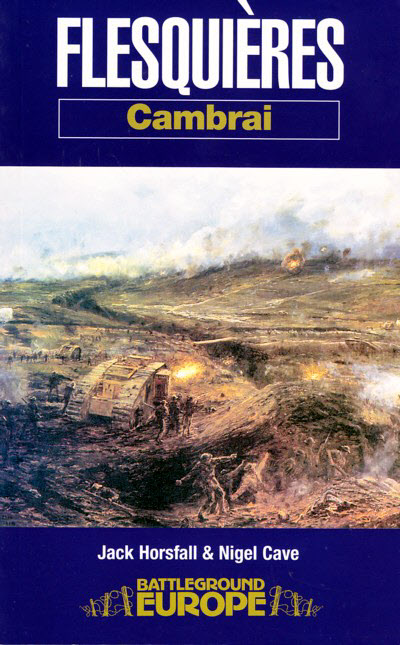
William Dews was born in 1897 in the Wakefield Registration District, the son of William Dews and Elizabeth. A William Dews and Elizabeth Heppell had married in Wakefield in 1894, and they are thought to be William’s parents. At the time of Private W. Dews death in 1917, his parents are living at 50, Lovaine Place, Jesmond, Newcastle-on-Tyne, but William is listed as a “native of Ossett.”
William Dews enlisted as a volunteer in the Yorkshire Regiment1 on the 13th July 1915. The 7th (Service) Battalion, Yorkshire Regiment (Green Howards) was raised in September 1914 and was attached to 50 Brigade, 17th (Northern) Division in September 1914 and saw much action on the Western Front. At the time William Dews died on December 22nd 1917, the 7th Battalion, Yorkshire Regiment were in trenches in front of Flesquieres, which is very close to where William is buried at Ruyaulcourt. There were no major battles in progress at the time of his death and the 2nd Battle of Passchendaele, in which his battalion was involved, had ended the month before. It is likley therefore that Private Dews was killed by sniper fire or from German shelling.

Private William Dews is buried in Ruyaulcourt Military Cemetery2, Pas de Calais, France at grave reference G19. Ruyaulcourt village was attacked by the 7th D.C.L.I. on the 28th/29th March 1917 and found unoccupied the next night by the 7th Somerset Light Infantry. It was lost again on the 23rd March 1918 and finally cleared by the New Zealand Division on the 4th September 1918.
Ruyaulcourt German Cemetery was used from July 1916, to March 1917, and in August 1918; and it contained 405 German graves and those of two R.A.F. officers, two soldiers from the United Kingdom and one New Zealand soldier. It was removed in 1924, and two of the British graves were brought into the Military Cemetery. Ruyaulcourt Military Cemetery was begun in April 1917, and used by fighting units and Field Ambulances (largely of the 42nd (East Lancashire) Division) until March 1918.
It was re-opened in September 1918. There are now over 300, 1914-18 war casualties commemorated in this site. Of these, 10 are unidentified and special memorials are erected to the two airmen buried in the German Cemetery, whose graves could not be found. The Cemetery covers an area of 1,608 square metres and is enclosed by a rubble wall.
References: